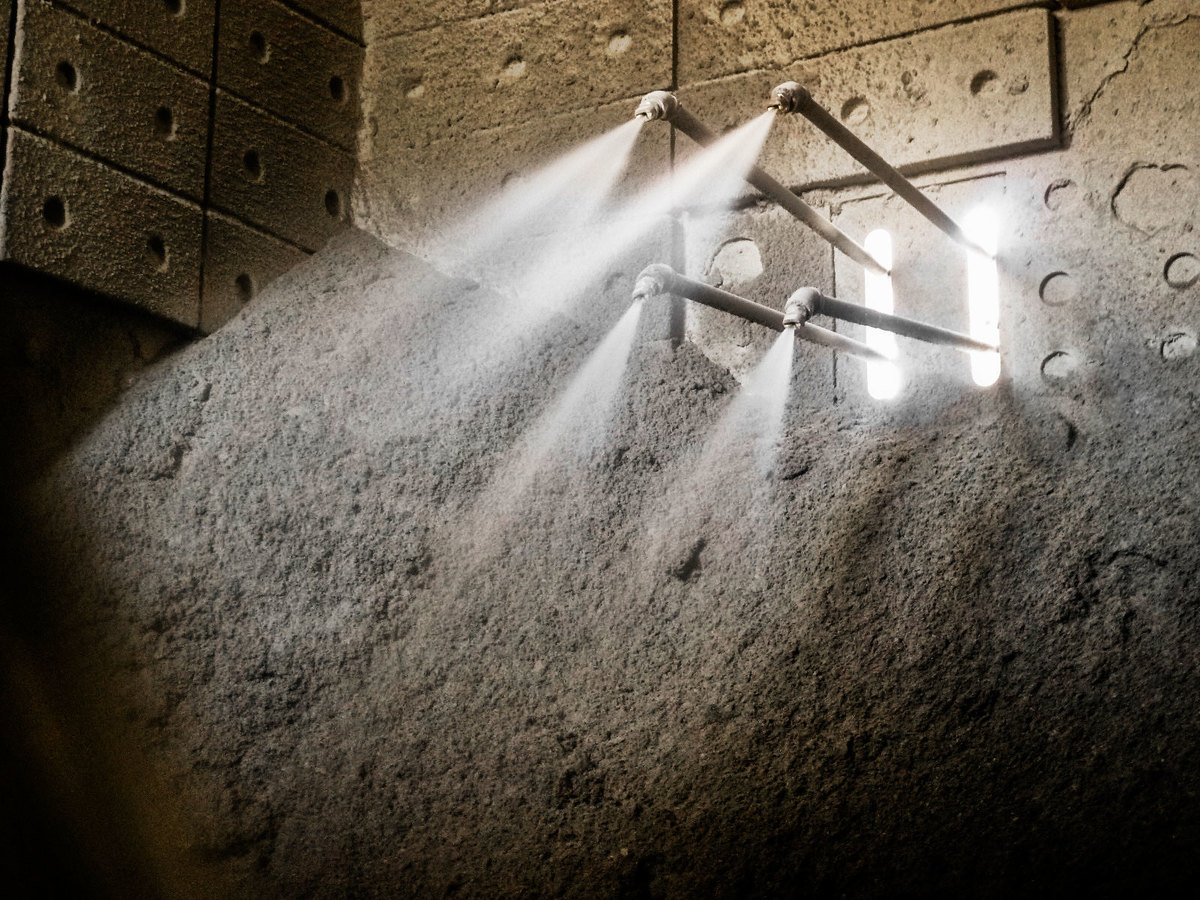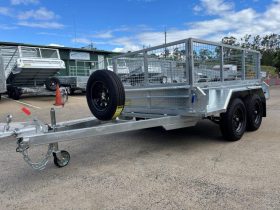Dust control is essential for various industries, from manufacturing to mining, to protect workers, maintain equipment, and ensure compliance with safety regulations. Dust suppression methods, however, vary significantly depending on whether the dust is generated indoors or outdoors. The right dust control approach in each setting depends on environmental conditions, the type of dust produced, and the operational challenges involved. This post examines the key differences between indoor and outdoor dust suppression and offers guidance on choosing the best approach from sites like bosstek.com for each environment.
Environmental considerations
One of the biggest distinctions between indoor and outdoor dust suppression is the environmental conditions in which each method operates. Indoor dust suppression systems often rely on air filtration or vacuum systems to capture airborne. Outdoor environments, however, require dust suppression systems that can withstand variable weather, including rain, wind, and extreme temperatures. Dust generated outdoors is often dispersed by wind, making it challenging to contain. Outdoor systems use water-based methods like misting or spraying, which capture dust particles and settle them to the ground. However, in colder climates where water could freeze, alternative solutions such as foam or chemical dust suppressants may be necessary.
Differences in dust suppression methods
Filtration systems, including baghouses and cyclones, are common in indoor settings as they efficiently trap dust within enclosed filters, preventing it from circulating in the air. Vacuum systems, which capture dust at the source, are also popular as they keep the environment free from airborne particles. For environments handling toxic or fine particles, high-efficiency particulate air (HEPA) filters may be necessary to ensure minimal dust escapes into the indoor air. Outdoor dust suppression, on the other hand, often relies on water or chemical sprays to control dust over large areas. However, fine or hazardous dust particles require more specialized control. In this case, chemical dust suppressants can provide a longer-lasting solution.
Consideration of dust type and particle size
The type of dust and particle size are critical factors that determine the best suppression method for both indoor and outdoor environments. Indoor dust, often generated by processes like cutting, grinding, or sanding, tends to be fine and may contain hazardous substances. Controlling fine indoor dust requires filtration systems like cyclone filters and HEPA vacuum systems that effectively capture these particles without recirculating them. Outdoor dust, generated by heavy machinery and large-scale earth-moving, typically consists of larger particles. For these situations, water-based methods or larger-scale chemical sprays are sufficient for controlling the dust effectively. The open environment also requires a system that can cover large areas and withstand movement, making misting or sprinkler systems ideal for reducing dust dispersion.
Maintenance and operational differences
Indoor dust suppression systems, like air filtration and vacuum systems, generally require regular maintenance to ensure filter integrity and equipment functionality. Replacement of filters and cleaning of vacuum units are essential to keep indoor environments free from dust. Outdoor systems, however, face more demanding maintenance due to exposure to weather, dust build-up, and the potential for clogging in water-based systems. Sprinkler systems may need frequent checks for proper water flow and misting coverage, while chemical systems may require reapplication in windy or rainy conditions. Outdoor maintenance also involves preparing systems for seasonal changes, such as winterizing water-based systems in colder climates to prevent freezing.
Choosing the right dust suppression system requires a clear understanding of environmental conditions, dust type, and maintenance requirements. By assessing the unique challenges of each environment, businesses can implement a dust suppression strategy. Thus, ensuring worker safety, regulatory compliance, and environmental protection











